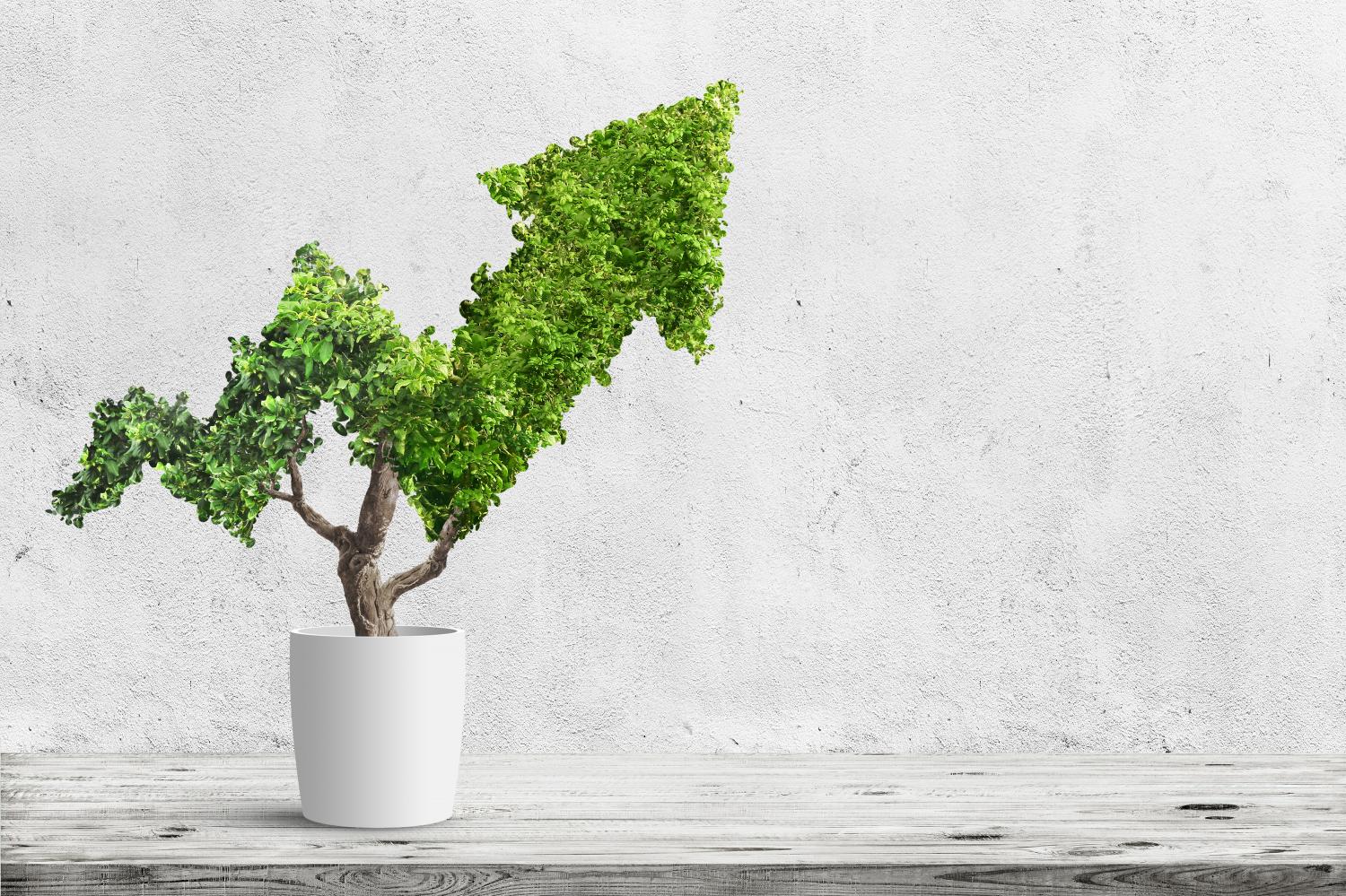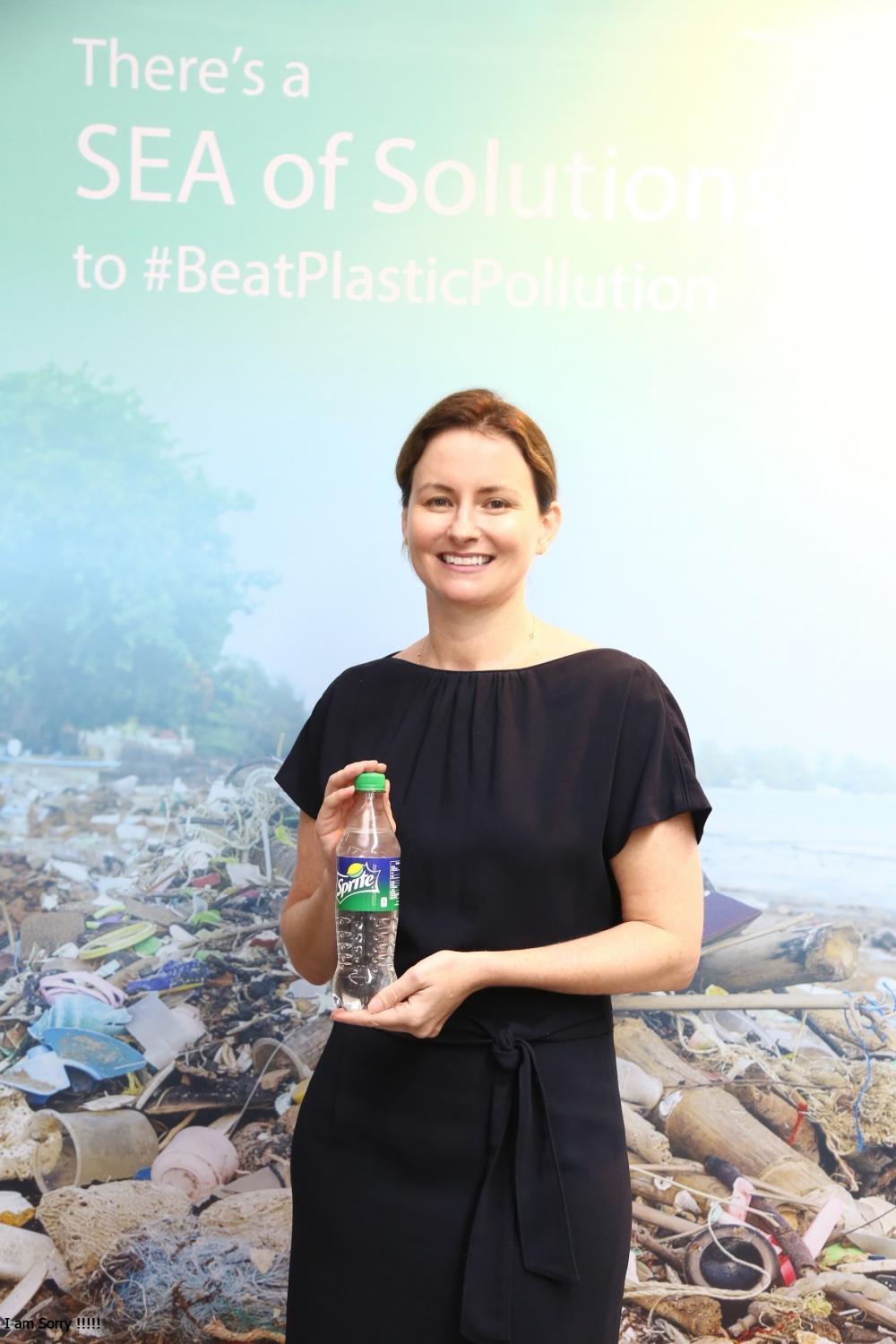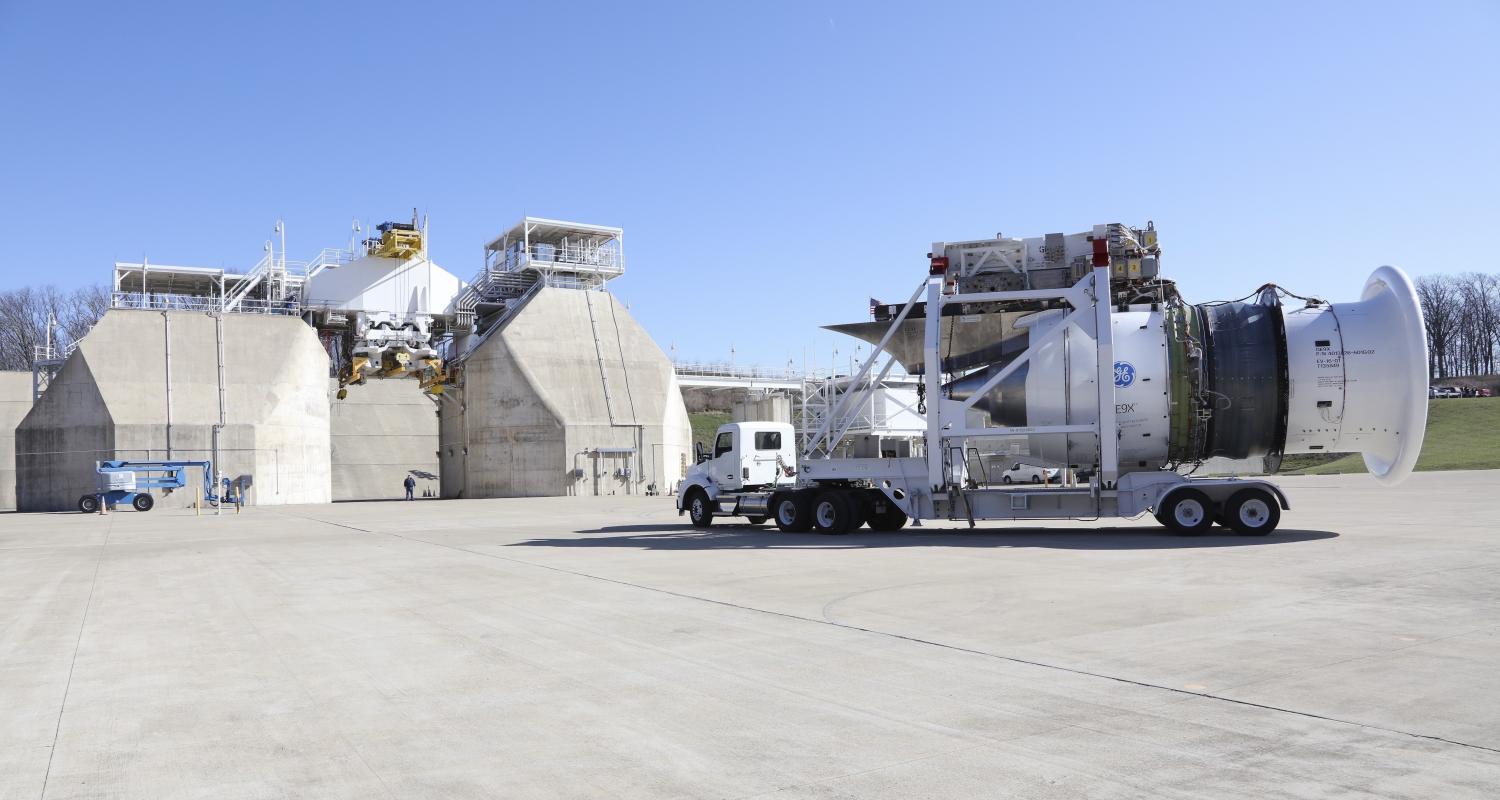
Businesses today operate in a fishbowl, with their every move scrutinised by all kinds of interest groups. A single misstep can set off an online firestorm and seriously harm a company's reputation and bottom line.
In short, no business these days can afford to overlook the environmental and societal impact it is making. If they're not committed to sustainability, they might not be around for much longer.
Advancing sustainability includes finding solutions to the world's most pressing challenges such as climate change, economic inequality and energy insufficiency, which cannot be solved by governments or civil society alone.
The United Nations in September 2015 introduced 17 Sustainable Development Goals (SDG), to which nearly every country in the world has committed. The SDG programme has been hailed as a framework to guide the transition to a sustainable world, with an ambitious aim to meet all targets by 2030. Some progress has been made, but monumental challenges remain.
Sustainable development requires an integrated approach that takes into consideration environmental concerns along with economic development. The conventional belief in business circles used to be that a company couldn't make a positive impact on society and the environment while also improving the bottom line. However, many companies have demonstrated that it is possible to achieve both.
According to a 2017 report on corporate responsibility by KPMG, nearly 90% of the biggest companies around the world are now reporting on sustainability performance, and not just for the sake of compliance with government regulations. Sustainability has become an integral part of the corporate agenda. A total of 9,953 companies from 161 countries have pledged their support for the UN Global impact, a non-binding pact aimed to encourage businesses to adopt sustainable and socially responsible policies, and to report on how they're doing it.
When they consider sustainability, most businesses generally focus on two main areas: the effect their activities have on the environment and on society.
Investors too are demanding more from the businesses they support financially. Many now focus heavily on ESG -- environmental, societal and governance -- metrics when deciding whether to commit money to a business. Factors such as a company's gender diversity, carbon footprint, water usage, or community development efforts are all taken into consideration.
For business, the goal of a sustainable strategy is to make a positive impact on society, the environment or both. If companies overlook their responsibility, it will exacerbate problems such as environmental degradation, social inequality and injustice.
Ceres, a Boston-based non-profit organisation, has been spreading the sustainability message to businesses for 30 years. Founded in response to the Exxon Valdez oil spill in 1989, it focuses on moving investors, companies, policymakers and capital market influencers to take action on four global sustainability challenges: climate change, water scarcity and pollution, inequitable workplaces and outdated capital market systems.
One of the companies Ceres has singled out as a pace-setter is General Electric, which it ranks highest for employee engagement in sustainability. GE uses its human resource department to integrate sustainability into the company's culture, from hiring practices and training to employee wellbeing programmes.
The aim is to align its business strategy to meet societal needs, while minimising environmental impact and advancing social development. This commitment is embedded at every level.
"The company incorporates the sustainability mindset at its core," Wouter Van Wersch, president and CEO of GE Asia Pacific told Asia Focus.
The commitment is reflected in the drive to bring to market innovative products and services that deliver essential energy, healthcare and transport infrastructure. Many of these visions first come to life at the John F Welch Technology Center, GE's largest global lab outside the United States. Established in Bangalore (now Bengaluru), India in 1991, it has grown from a staff of 15 engineers to more than 4,000 researchers and engineers.
"Sustainability, for us, has two main parts: In how we run GE and how we optimise and limit the impact we make on the environment," said Mr Van Wersch. "We do that by making sure that our equipment and products help reduce impact on the environment."
The GE sustainability strategy upholds social responsibility and inclusiveness, while also focusing on efficient resources management and mitigating impacts of climate change.

"If you are not sustainable, you will not be there in the future," says Wouter Van Wersch, president and CEO of GE Asia Pacific. Supplied/GE
CLEANER TECHNOLOGY
Its "Eco-imagination" growth strategy stresses enhancing resource productivity while reducing environmental impact globally. Mr Van Wersch says the strategy has helped its customers save billions of dollars and significantly reduced greenhouse gas emissions and water use, through its own operations and from the equipment it sells to its customers.
Eco-imagination was launched in 2005 with a goal to build more efficient machines that produce cleaner energy, reduce emissions, clean water and cut its use, and make money while doing it, proving that efficiency and economics can go hand-in-hand.
Since 2005, the company has invested US$20 billion in cleaner technology solutions that have generated $270 billion in revenue. It also says it has reduced greenhouse gas emissions by 42% since 2004.
"GE uses technology to reduce the impact on the environment. At this centre alone, we achieved a 27% decrease in fresh water that we used as a company, and reduced greenhouse gas emissions from manufacturing. That was a big improvement for us," said Alok Nanda, chief technology officer for GE South Asia and CEO of the GE India Technology Centre.
"Everything we consume is sustainable. We have a water treatment plant; we recycle the water we use."
The power generation division, one of GE's renewable business, has announced its plan to become carbon-neutral by 2020, said Mr Nanda. The company estimates that one-third of the electricity in the world is produced by GE products, so that is a big carbon footprint that needs to be reduced.
On the product side, he said, all of the innovations GE has developed are being optimised to make better use of fuel to create less impact on the environment.
"Making equipment more efficient will result in less energy consumption and lower GHG emissions," he said. "Every product will have fewer parts and take less time to do the work, therefore consuming less energy to produce, contributing to sustainability."
The company offers its GE9X jet engine as an example. The largest aircraft engine ever produced, it will power Boeing's long-range 777X. It is designed to generate 10% less CO2 greenhouse gas emissions and 45% less smog-causing emissions than its predecessor, the GE90–115B.
When asked about sustainability in relation to profitability, Mr Van Wersch said they can go hand in hand.
"Sustainability makes money. It is the way forward. If you are not sustainable, you will not be there in the future," he said, adding that as the world is changing, the model has proved to be profitable.
He is heartened that the new generation is very concerned about sustainability.
"For me, it is interesting to see that when we hire people now, one of questions we often get from our prospects during the interview is, 'What are you doing to contribute to sustainability?' It's good to see that sustainability ranks high in the minds of the new generation."

Belinda Ford, public affairs, communications and sustainability director for Coca-Cola Asean, shows off a new clear Sprite bottle that will be easier to recycle. Supplied/Coca-Cola
EMPOWERING WOMEN
One area often overlooked in the past is economic participation of women, which is highlighted in SDG 2030. According to the SDG, gender equality and empowering women are fundamental to achieving sustainable development.
Women represent 39% of the workforce but only 27% hold managerial positions, according to UN Women. Further, women are often denied decision-making power.
GE, in this regard, says it has long seen the benefits of diversity across the company. The company has set a goal to create a global workforce of 20,000 women in STEM (science, technology, engineering and mathematics) roles by 2020 and recruit 50% women into all entry-level technical leadership programmes.
"We believe that this transformation will foster more innovation and increase our capacity to tackle global challenges," it said in a statement.
Another company that has put sustainable development on its priority list is Coca-Cola. One way it does this is through programmes that empower women in the communities where it operates.
According to a statement by Coca-Cola, studies show that the economic empowerment of women has positive multiplier effects and that better inclusion of women in the economy helps propel growth and prosperity.
The beverage company's "5by20" campaign aims to economically empower 5 million women entrepreneurs throughout its value chain by 2020. The company is partnering with governments and NGOs to address specific barriers to business success that women entrepreneurs face. The 5by20 programmes typically include access to training, resources and peer mentoring.
As of the end of 2018, the company said it had helped to enable the economic empowerment of 3.2 million women since 2010 in 92 countries. In Asean, retail is the segment that has benefited significantly, with more female entrepreneurs equipped with better business management skills, access to finance and resources, merchandising support and peer-to-peer mentoring networks, to ensure economic success.

The GE9X is the largest aircraft engine ever produced but generates 10% less greenhouse gas emissions and 45% less smog-causing emissions than its predecessor the GE90–115B. Supplied/GE
'WATER NEUTRAL' DRIVE
Another area the beverage company is spearheading is environmental preservation and water replenishment. Ceres ranked Coca-Cola first for best practices in reducing impact on fresh water resources, as part of its drive to become "water neutral".
The sustainability strategy focuses on sustainable packaging, reducing plastic waste and working with partners to ensure a debris-free environment and oceans, according to Belinda Ford, the public affairs, communications and sustainability director for Coca-Cola Asean.
Last week, the company announced a change in the packaging of its popular Sprite drink. Sprite's iconic green colour will be changed to transparent, making the PET (polyethylene terephthalate) bottles far easier to recycle.
Ms Ford said that to make the world waste-free, Coca-Cola aims to help collect and recycle the equivalent of 100% of the packaging it sells by 2030. It has also made commitments to make all consumer packaging 100% recyclable by 2025, create packaging that is 50% recycled materials by 2030, and help collect and recycle a bottle or can for every one that it sells by 2030.
In Asean, the company said its bottles and cans are 100% recyclable. It has also launched the first beverage bottle made from 100% recycled plastic in the Philippines.
Last week, Coca-Cola launched a report titled "Full Circle: Accelerating the circular economy for post-consumer PET bottles in Southeast Asia". Produced by the Singapore-based circular economy and consumer packaging consultancy GA Circular, it highlights the current unsatisfying realities of PET bottle collection.
The report also provides a blueprint for creating a circular economy of PET bottles in the six biggest Southeast Asian countries, five of which are among the top 10 global contributors to plastic waste in oceans.
According to the report, at the city level, only 54% of PET bottles are collected for recycling in the six countries on average (based on nine representative cities). The collected-for-recycling rate is estimated to average 26% at the national level across the six markets.
PET bottles that ended up in landfills or leaked into the environment in 2018 represented a loss in secondary material value of US$199 million per year, it said.
The report highlights the need to create a stronger post-consumer value chain by providing a price incentive to pull material through the system. This can be done by increasing the demand for PET bottles through key participants in the recycling value chain and enabling expansion of the domestic recycling industry to create a robust ecosystem.
Ms Ford said big companies can help contribute to a sustainable future, starting as small as using the reach of their brands to inspire people to recycle. To make the plastic waste-free vision a reality, industry support is needed.
Also, the demand for recycled material needs to be stimulated. She thinks that as more companies step forward to adopt the recommendations from the report, other companies will follow suit.
For Ms Ford, sustainability and profitability can go hand-in-hand: "We see sustainability as good business. We want to do business the right way, not the easy way." One of the reasons for Coca-Cola's longevity, she points out, is that it has always been committed to investing in the communities where it operates.
"If you want to be here in the future, you need to give back to the community," she said.
"At Coca-Cola, sustainability is a part of how we do business, not auxiliary to the main thing. We look at everything through the sustainability lens. Sustainability is where we should be going."
In order for a sustainability mindset to flourish, companies need to encourage their employees to become sustainable as well. At Coca-Cola, she said, sustainability manifests itself even in the everyday actions of employees in the office to procurement of marketing materials.
"We are not perfect. We have a long way to go. But we see a lot of enthusiasm from our employees as well," she said.
